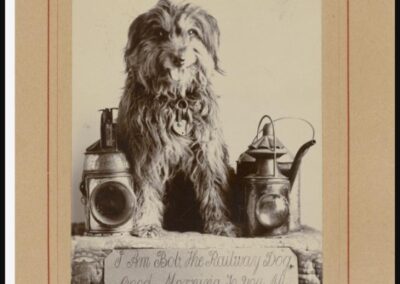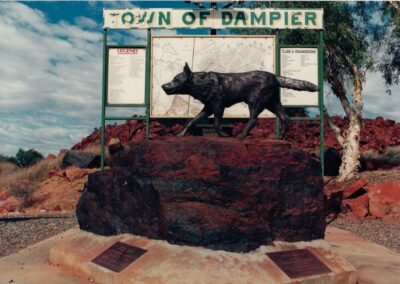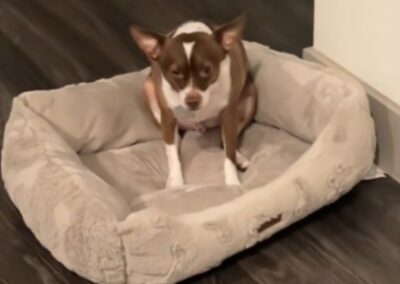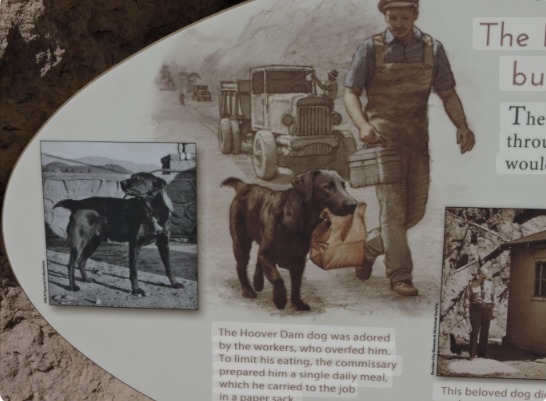
You think you’ve heard every dam-construction story. Cables, concrete, iron workers in the heat. But here’s the one they seldom tell: the story of a dog.
And not just any dog. This one rode trucks, climbed ladders, carried a lunch sack and became the soul-mascot of the Hoover Dam build.
In 1932, beneath a police building in Boulder City, Nevada, a part-Labrador puppy with a jet-black coat and a white blaze on his chest came into the world.
He was born into chaos, the noise and dust of one of America’s boldest engineering feats.
The workers found him. The men who swung hammers, poured concrete, built a dam that defied the desert. They didn’t ask for a mascot.
They didn’t even call him theirs. He became everyone’s dog. He jumped on the transports from Boulder City to the dam site.
He rode the men’s trucks. He even rode the skips—those open-air elevators climbing the canyon walls, 700 feet above the water.
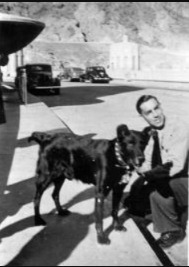
Picture that: a puppy chasing shadows on the canyon wall, walking beside steel-ton men, breathing the heat of the job. He was fearless.
He was family. He was a symbol. One worker said, “He must have been a reincarnated superintendent… he just wanted us to get it done right.”
And of course, he grew up. He wasn’t just cute. He had purpose. The crew began feeding him. They paid for his meals. They made sure he had a lunch sack just like theirs.
Every day he carried it in his mouth, walked it into the camp, waited for the whistle. That lunch sack became his uniform.
Then, one hot day in February 1941, it happened. He lay down under a truck for shade. The driver didn’t see him. The wheels came down.
The world stopped. The dog that was nobody’s and everybody’s died. The workers marked his grave right away—in solid rock above the dam.
There’s a memorial there today on the Nevada side of the dam, near the escalators to the visitor centre. But here’s the twist: the dog’s name was removed from the plaque decades ago.
Why? Because his name, once on display, was deemed offensive by modern standards. It’s a messy legacy. Some say the name belongs in history, others say it belongs removed. But the memory stays.
Here’s the business break-down, the reason this story matters:
It shows loyalty in the middle of the toughest job. These workers were far from home, digging rock, living steel-toed, concrete-lined. This dog gave them a piece of home.
It shows how symbols matter. While the dam towers, cables stretch, production roars—it’s the small souls who anchor the scene.
The dog became documented in photographs, in stories, in the plaque. He reminds us that in the grandest projects, human connection and companionship count.
It shows how history filters things. The name was removed. Some might call it erasure. Others might call it progress. But you cannot hide the story.
You cannot stop a legend from being told.
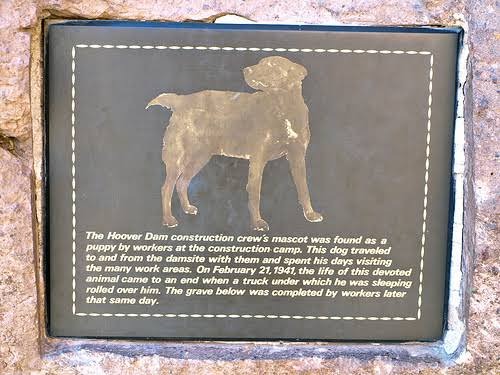
If you ever visit Hoover Dam, stand at the memorial. Feel the rock under your boots. Look out across the canyon. Know that noise you hear?
That echo in the hard work and stone and steel? It’s not just the dam. It’s a pup who once carried lunch sacks and became a symbol for men who did impossible things.
There’s a takeaway for you. In life, in business, in your every day: the unsung hero is often the steady one. The companion.
The one who shows up. The one who doesn’t ask for credit. That dog didn’t demand a paycheck. He didn’t claim a title. He just belonged.
And that made him legendary.
So when you think of construction, think concrete. When you think of engineering marvels, think steel.
But when you think of legendary stories, think of the dog on the Hoover Dam. The dog that reminded us all: heart counts.
Companionship counts. And sometimes, the smallest-footed one leaves the heaviest print.
